Alan Titchmarsh: How to make your garden a riot of colour in the depths of September and October
At this time of year, most of our gardens have long since said goodbye to their most vibrant colours – but it doesn't have to be that way, as Alan Titchmarsh explains.


Jonathan Jo might have been happy with his wheelbarrow full of surprises, but I’d rather have a garden full of them. At this time of year, that can be a vain hope unless you’re a firm believer in the postponement of gratification.
Even Vita Sackville-West confessed that, by late summer, her garden held little in the way of excitement and she could flee to foreign climes to buy Turkish rugs with a clear conscience, knowing that there was little to keep her at home. I suspect that she was selling herself short, as Sissinghurst is a garden that offers delight at any time of year to those mere mortals whose small patch struggles to prolong the summer season of interest.
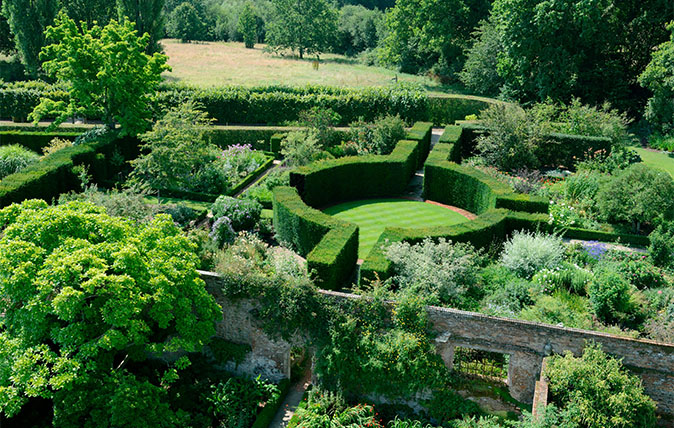
My final literary allusion is to H. E. Bates, who claimed he deliberately planned his borders and beds to come into their own in September and October, when those of his friends were a mass of crisp seedheads and faded flowers. Such a scheme would seem to offer a degree of one-upmanship as well as smug satisfaction in knowing that late summer and early autumn can be anticipated with more than the prospect of sweeping up fallen leaves.
Although my own garden isn’t planned specifically with late summer in mind, I flatter myself that I can anticipate that season with almost the same feverish excitement as I look forward to spring, simply because, tucked away in my beds and borders, are plants that are happy to wait until others have given their all before they deign to glorify my patch of Hampshire earth with their own contributions.
The daisy family is exceptionally useful, as many of its members are autumn bloomers with dusky oranges, plum purples and mahogany to match the mood of the season. Rudbeckias, heleniums and echinaceas are of particular value here and the fact that most of them are tall enough to be positioned at least halfway back in the border means you don’t have to gaze upon a dull mass of shoots in the foreground between April and July.
One border in my garden – it sits just below a south-facing York-stone terrace – is awash with Allium Purple Sensation in April and May. Many gardeners have come to regard this plant as nothing more than a weed and, if you let it run to seed, there will be little room for anything else between the rash of seedlings it produces. (For those who want to plant alliums this autumn, try the altogether more classy Purple Rain instead.)
We snip off the seedheads before they ripen and thin out the plantation each year, which has enabled us to plant among them a host of different perennial asters, or Michaelmas daisies, for late-summer colour. These flowers were hugely popular with the Victorians, but gained a deservedly bad press in the late 20th century as their constitutions had become weakened and they were prone to disfiguring mildew.
Sign up for the Country Life Newsletter
Exquisite houses, the beauty of Nature, and how to get the most from your life, straight to your inbox.
Now, there are newer, more vigorous varieties on offer and, provided they don’t go short of water, which will put them under stress and make mildew attacks more likely, they give a good account of themselves from late August until the frosts and they can grow to anything between 1ft and 5ft tall. Claire Austin sells a wide range of these autumn treasures, whose blue, purple, cerise, pink or white flowers last well into November.
The flat-headed sedums (now renamed Hylotelephium, poor things) are stalwarts at this time of year. I’m a fan of Hylotelephium spectabile, brilliant for the clarity of its pink flowers, and Autumn Joy is particularly enjoyed by butterflies. We stake ours with wire rings on legs, through which they can grow and cover without toppling over with the weight of their flowerheads.
Japanese anemones (mostly varieties of A. x hybrida) always herald the end of summer. Is it anything to do with my advancing age that they seem to bloom earlier each year?
The pure-white Honorine Jobert and the pale-pink Königin Charlotte are old favourites, crowned with a central boss of golden stamens, but do seek out the shorter and more double-flowered Pamina (rich pink) and Whirlwind (white). Be patient with the older varieties, in particular, if they’re newly planted, but they’ll be as tough as old boots once they’ve got going.
In your quest to bring a little late-summer fire to your borders, don’t ignore the red-hot pokers (Kniphofia) in their infinite variety. Towering in red, orange and yellow, or more diminutive and often in softer shades of yellow and jade green, they’ll brighten your life as well as your garden. Snip off the flower spikes as they fade and many of them will bloom on until the frosts.
In bare ground under trees and shrubs, plant autumn-flowering cyclamen – Cyclamen hederifolium – to light up your autumnal gloom with their pink and white reflex-petalled blooms.
Mine began flowering in August this year. I do wish they wouldn’t.

Alan Titchmarsh: Why Kirstenbosch is the gardener’s garden
Alan Titchmarsh waxes lyrical about one of the world's truly magnificent gardens.
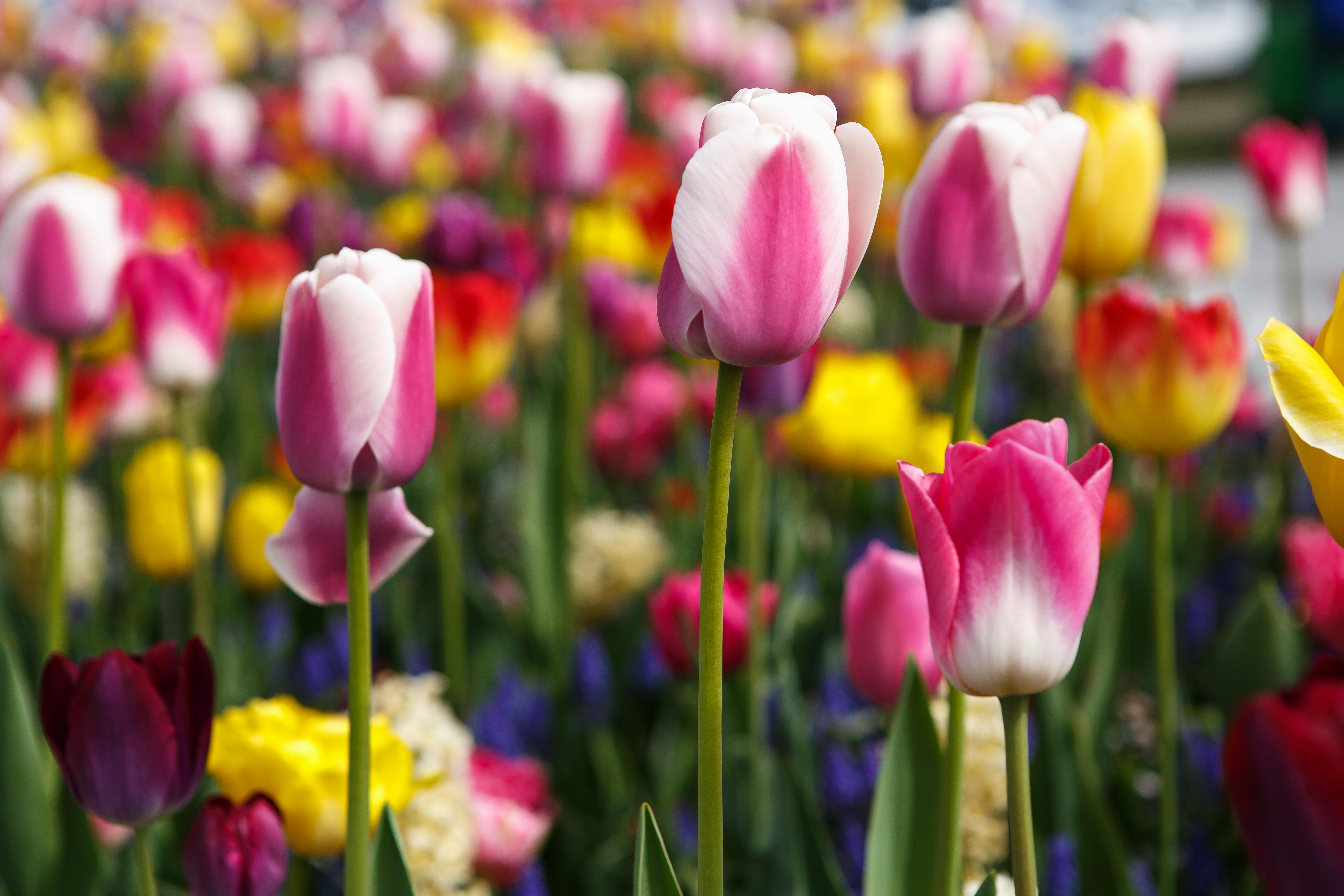
Credit: Alamy
Alan Titchmarsh: The best time of year to plant tulips
Alan Titchmars on planting tulips - and avoiding the grind of removing and storing bulbs every year.
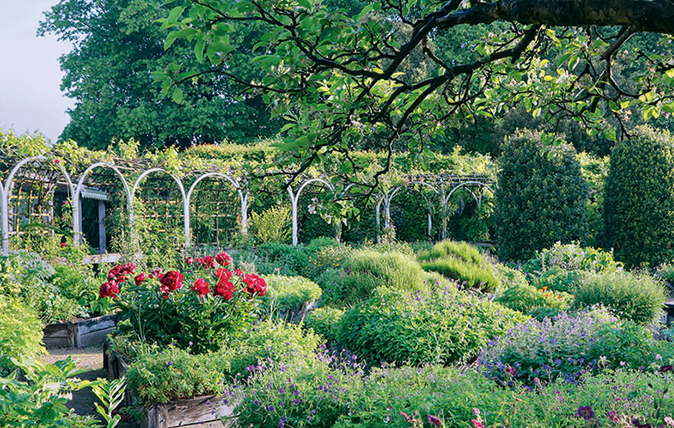
Alan Titchmarsh: The poetic pleasure of plant names
Our gardening expert on the days spent learning the names of some of the most obscure plants in Britain.
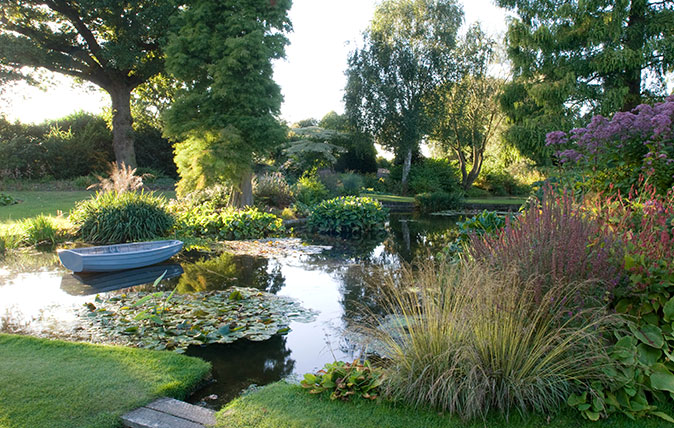
Alan Titchmarsh: How to keep a perfect pond
Alan Titchmarsh says that now is the time to clear out the weeds and keep your pond in top condition
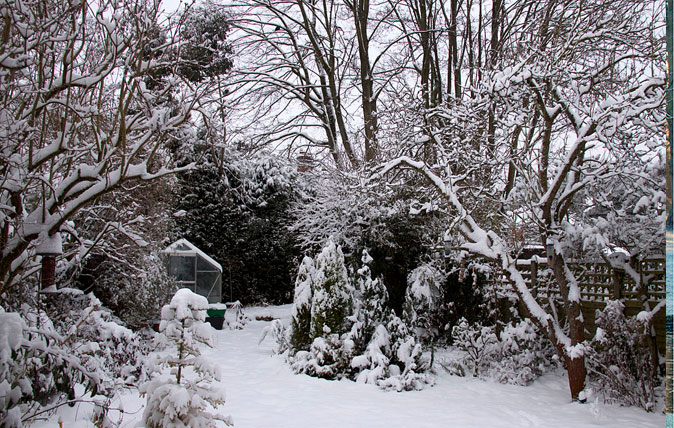
Credit: Tony Hisgett
Alan Titchmarsh: Don’t stop gardening in winter – start dreaming
Alan Titchmarsh takes a look at the joys and pains of gardening in the winter
Alan Titchmarsh is a gardener, writer, novelist and broadcaster.
-
 'To exist in this world relies on the hands of others': Roger Powell and modern British bookbinding
'To exist in this world relies on the hands of others': Roger Powell and modern British bookbindingAn exhibition on the legendary bookbinder Roger Powell reveals not only his great skill, but serves to reconnect us with the joy, power and importance of real craftsmanship.
By Hussein Kesvani
-
 Spam: The tinned meaty treat that brought a taste of the ‘hot-dog life of Hollywood’ to war-weary Britain
Spam: The tinned meaty treat that brought a taste of the ‘hot-dog life of Hollywood’ to war-weary BritainCourtesy of our ‘special relationship’ with the US, Spam was a culinary phenomenon, says Mary Greene. So much so that in 1944, London’s Simpson’s, renowned for its roast beef, was offering creamed Spam casserole instead.
By Country Life